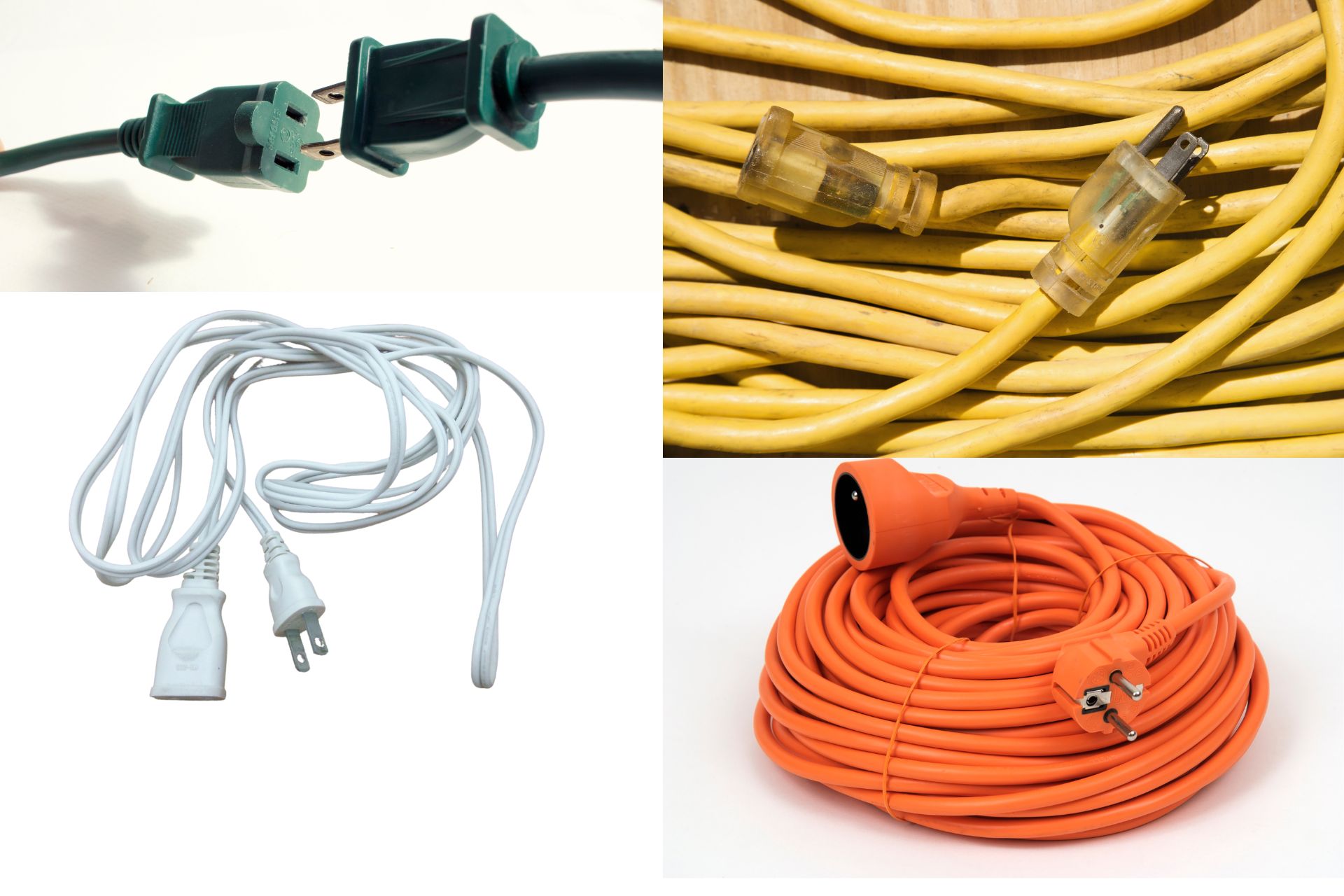When was the last time you bought an extension cord? You probably noticed several different colors, but you never gave them much thought. In fact, most people choose cords based on factors like length and gauge. But are they wrong? Should they give the colors more attention? Do they even matter? This guide will provide clarification.
Why Are Extension Cords Different Colors?
1). OSHA Standards
If your company makes extensive use of extension cords, you are well acquainted with the OSHA Assured Equipment Grounding Conductor Program. The program has testing guidelines that ensure the safety and reliability of extension cords. You must perform continuity and terminal connection tests.
Naturally, you are wondering how extension cord colors enter the equation. You must keep accurate records of your quarterly inspections.
Additionally, you need a color-coded scheme that allows you to identify the cords you have checked. In other words, the colors reveal an extension cord’s grounding compliance.
This assumes that the cords in question underwent inspection and met OSHA standards. You can choose any color you want. Many inspectors assign specific colors to particular seasons. You cannot overcomplicate the color system.
Otherwise, other inspectors and workers won’t understand it. And yet, the color-coded system is supposed to help them.
2). Visibility
Have you seen those bright neon-colored extension cords? Manufacturers want them to stand out, hence the conspicuous colors. Many people want to hide their extension cords because they are eye sore.
However, these devices are a tripping hazard. If you are unaware of their presence, you are more likely to trip. Therefore, settings like construction sites will buy brightly colored cords that everyone can see to reduce tripping.
3). Camouflage
Construction sites and other dangerous industries require brightly colored extension cords. This is also true for homes. However, many homeowners hate the sight of extension cords.
Not only do they get in the way, but they can also ruin your home’s décor. For that reason, some cords come in dark colors that allow them to disappear into the background.
If you want to run outdoor equipment, you can even get extension cords that blend in with the grass and flowers.
4). Audio and Video Productions
Many audio and video productions use black cords that audiences are less likely to notice, especially on stage.
As you can see, a cord’s color has nothing to do with its specifications. Some people associate specific colors with the setting. For instance, many companies will assign one color to outdoor cords and a different color to indoor cords.
But that is not a good thing. Those companies do not follow a particular standard. They can assign any color for any reason. This complicates matters because you cannot use one company’s color scheme to interpret another company’s color scheme.
This is dangerous because many consumers do not realize that extension cord colors are arbitrarily assigned. In other words, while blue means ‘Outdoor’ for one brand, it won’t mean anything for another brand.
What does this mean? Don’t base your selection of an extension cord on the color. When you go extension cord shopping, assume that the colors mean nothing.
If the colors matter, the manufacturer’s documentation will let you know. If you favor a particular brand, visit their website to find out what the various colors mean. You can also send them an email if you need clarification.
Different Extension Cord Color Code Meaning
Have you ever wondered what the different extension cord colors mean? Some of these colors have more meaning than others, for instance:
Green Colored Extension Cord Meaning
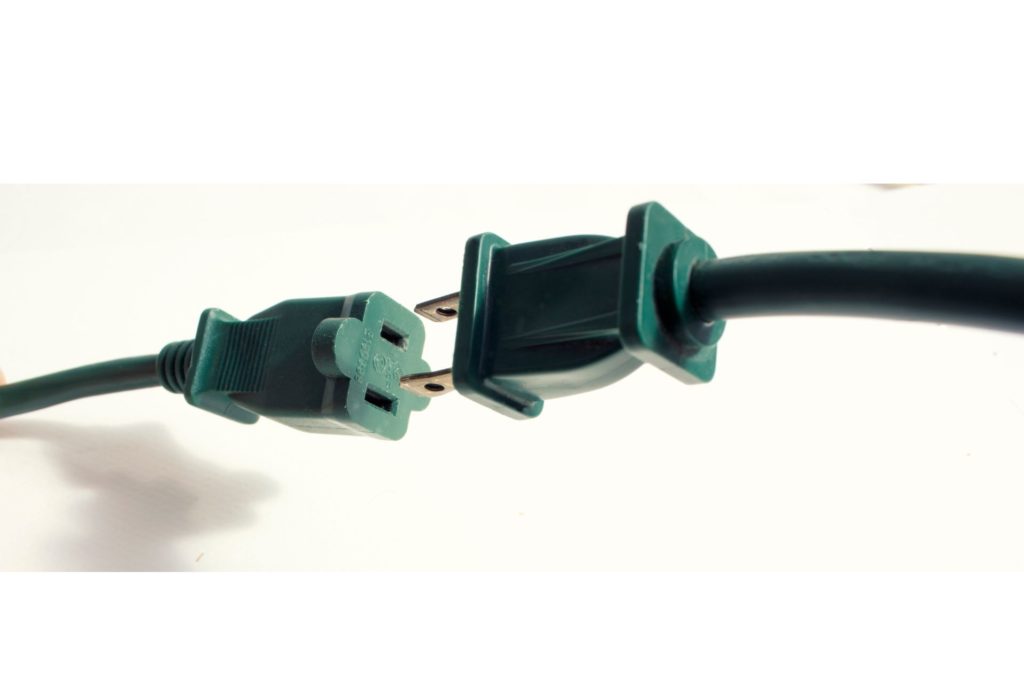
A green electrical wire is on the ground. It runs to the grounding terminal in a circuit. However, green doesn’t mean anything in extension cords. Unless the manufacturer assigns a particular definition to the color, it shouldn’t affect your selection.
Orange Colored Extension Cord Meaning
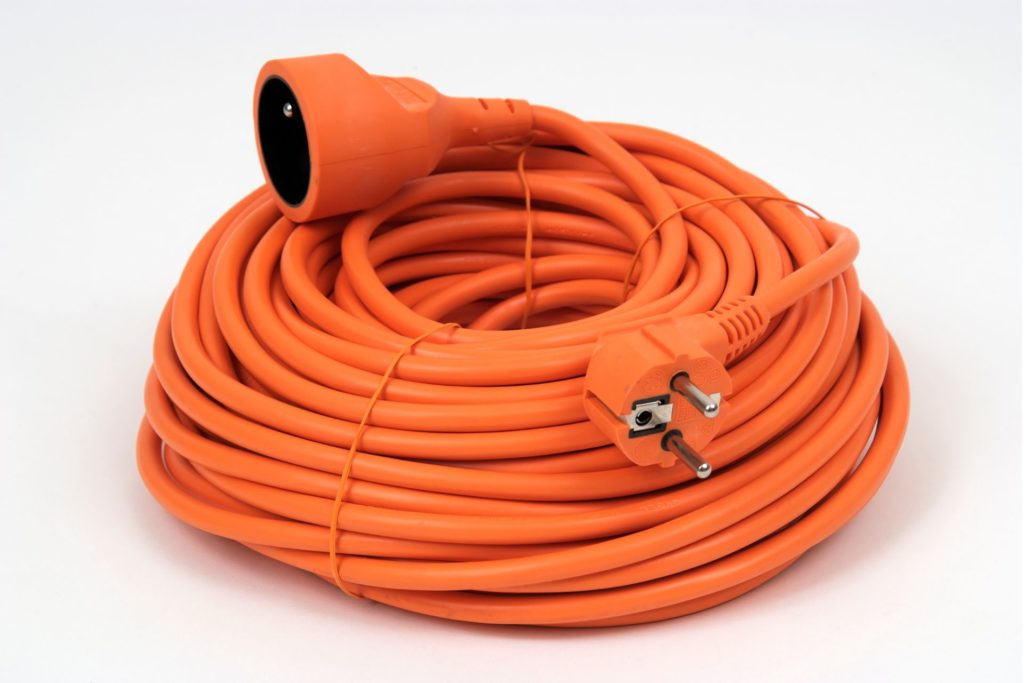
Manufacturers assign bright orange to outdoor cables. The goal is to make them visible. That way, people are less likely to trip over them.
But again, this color shouldn’t influence your purchasing decisions because many outdoor extension cords have dark colors. Don’t expect to see a bright orange color on every outdoor extension cord.
Yellow Color Extension Cord Meaning
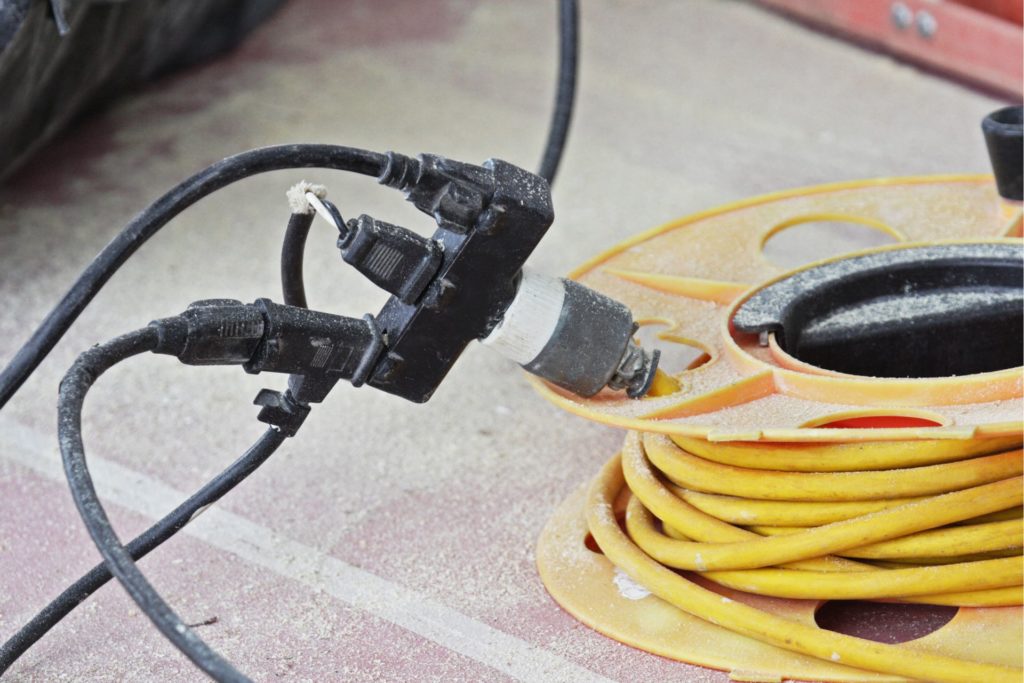
Yellow is similar to orange. You see the color on outdoor cords with thick, weather-resistant jackets. People associate yellow with a high current carrying capacity.
Tan Colored Extension Cord Meaning
You find these extension cords in settings that require devices that can disappear in the background. Tan-colored cords do not stand out.
White Colored Extension Cord Meaning
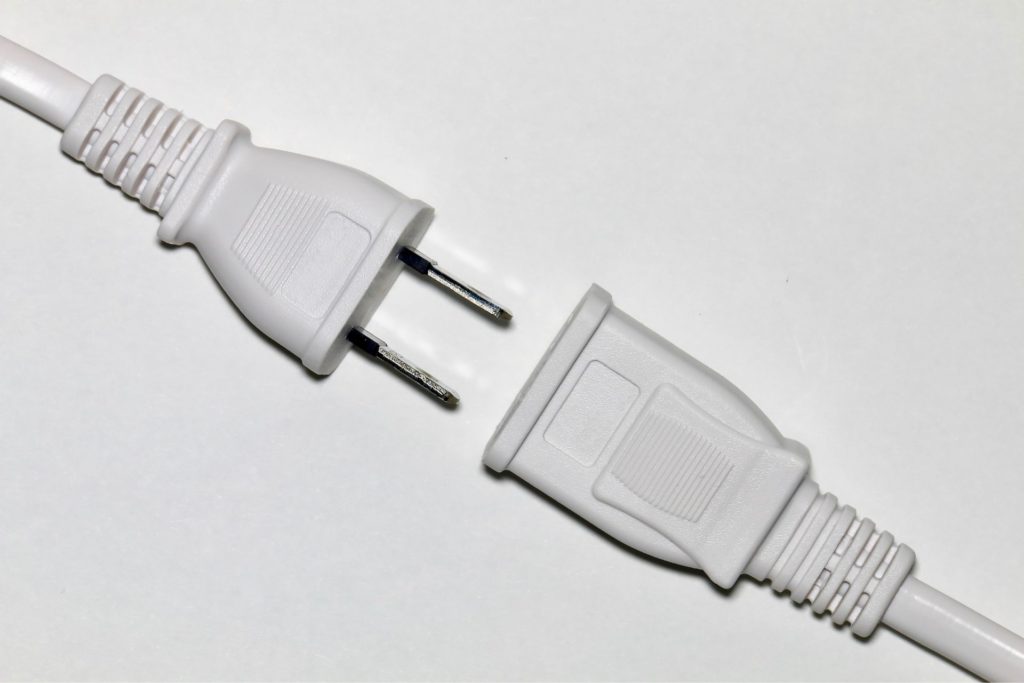
White cords can disappear in the background. Therefore, you will find them in homes that don’t want the extension cord to interfere with the décor.
Black Colored Extension Cord Meaning
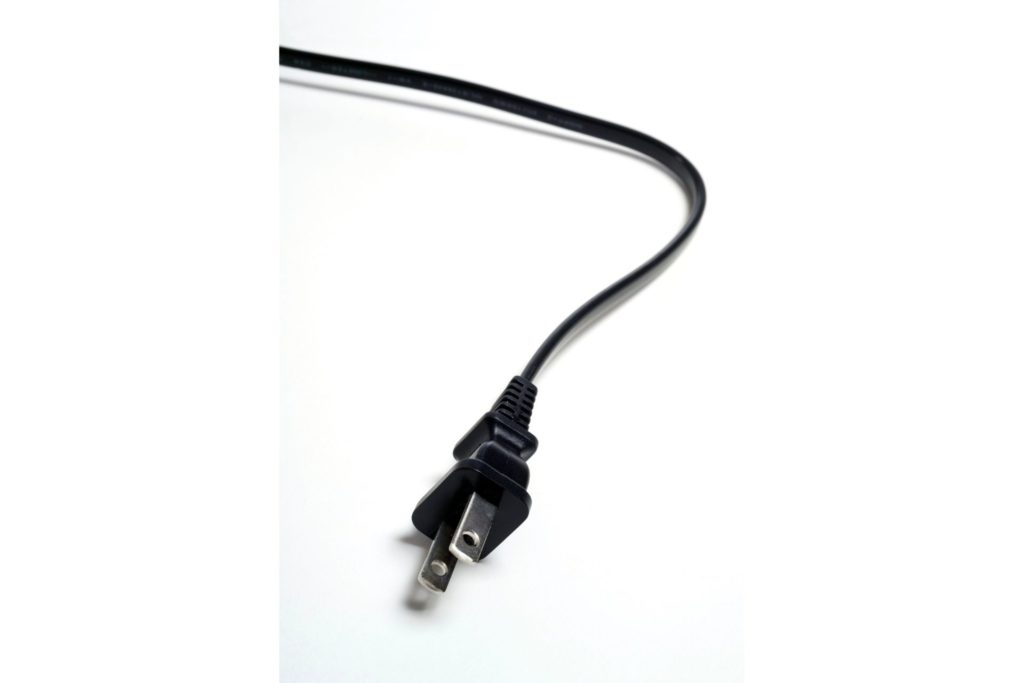
Black is a versatile color. It fits most settings. However, many manufacturers assign black to outdoor extension cords because the color allows the devices to resist ultraviolet degradation.
Read Can You Paint An Extension Cord?
What Color Is Common Color In Extension Cord?
Most of the extension cords on the market are either black or white. White is more common than black because it blends into the environment. However, you can also camouflage black extension cords if the setting has predominantly dark colors.
What Is The OSHA Standard For Extension Cords?
Some people describe the OSHA standards as an inconvenience. However, many contractors follow their regulations because the OSHA is trying to keep you safe. Therefore, you should pay close attention to what they have to say about extension cords:
1). First of all, I want you to remember that extension cords are temporary. You cannot use them as a permanent solution. The OSHA wants consumers to use extension cords for 90 days. You can use that time to install additional outlets.
2). Do not use damaged extension cords. Even if the cord is new, throw it away if it has cuts and tears on the jacket. A cable with exposed conductors can kill you. Don’t take any chances.
3). Keep the extension cord safe. Don’t expose the device to strenuous forces. For instance, don’t tug, stretch, or step on the line. Otherwise, you will damage the device, and your technician will encourage you to get a new one.
4). Plug extension cords into GFCIs if the NEC calls for it. For instance, extension cords in kitchens and garages should work hand in hand with GFCI receptacles. Some extension cords have GFCI technology. They are more expensive, but the money is worth it for the protection they offer.
5). Use extension cords with three-prong plugs. They are safer than their two-prong counterparts because they offer grounding. You can trust them to protect you if a surge occurs.
Some people will cut the third prong off to use a two-prong outlet, but that is a mistake. Use an adapter.
6). This OSHA page does not want consumers to strain flexible cords at the joints and terminal screws because they will loosen, which is dangerous. You should also watch out for door and window edges. They can damage the cord.
Does Color Differentiate The Gauge Of The Extension Cord?
No, the color doesn’t say anything about the gauge. But this is not true for every extension cord. Some manufacturers use a color scheme to differentiate gauges. But they will tell you. Otherwise, this practice is not common.
The gauge is usually written on the jacket. Some manufacturers use AWG. Others prefer mm2. But you can convert AWG to mm2 and vice versa if you want.
Does Color Differentiate The Two And Three Prongs?
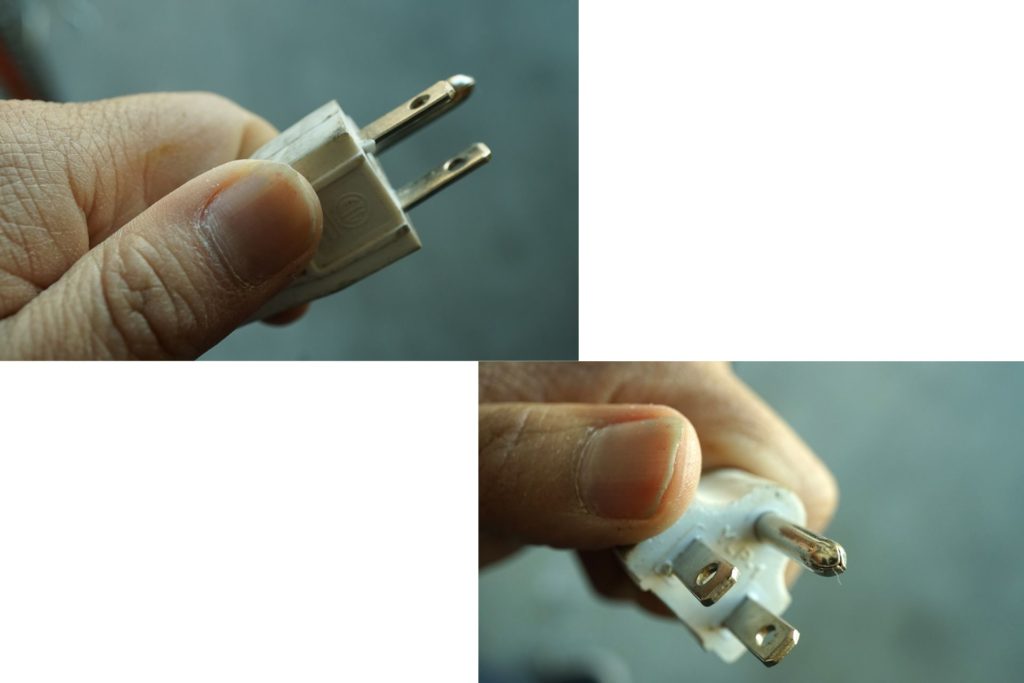
Not, it doesn’t. The color has no connection to an extension cord’s prongs. Admittedly, many manufacturers attach bright colors to outdoor lines to make them easier to see, and outdoor cords use three pongs.
But you also have indoor cords with three prongs that use different colors. Therefore, you cannot use colors to identify the number of prongs. You are better off looking at the plug. A visual inspection will show you the number of prongs.
Does Color Differentiate Indoor and Outdoor Extension Cords?
Officially, the colors do not differentiate between indoor and outdoor cords. Unofficially, it is common practice to make outdoor lines bright, so they are easier to see.
On the other hand, manufacturers give indoor cords dark colors. This allows them to blend into the background. But some homeowners want indoor cords with bright colors to reduce tripping. Therefore, you cannot use the color to determine whether an extension cord is indoor or outdoor.

